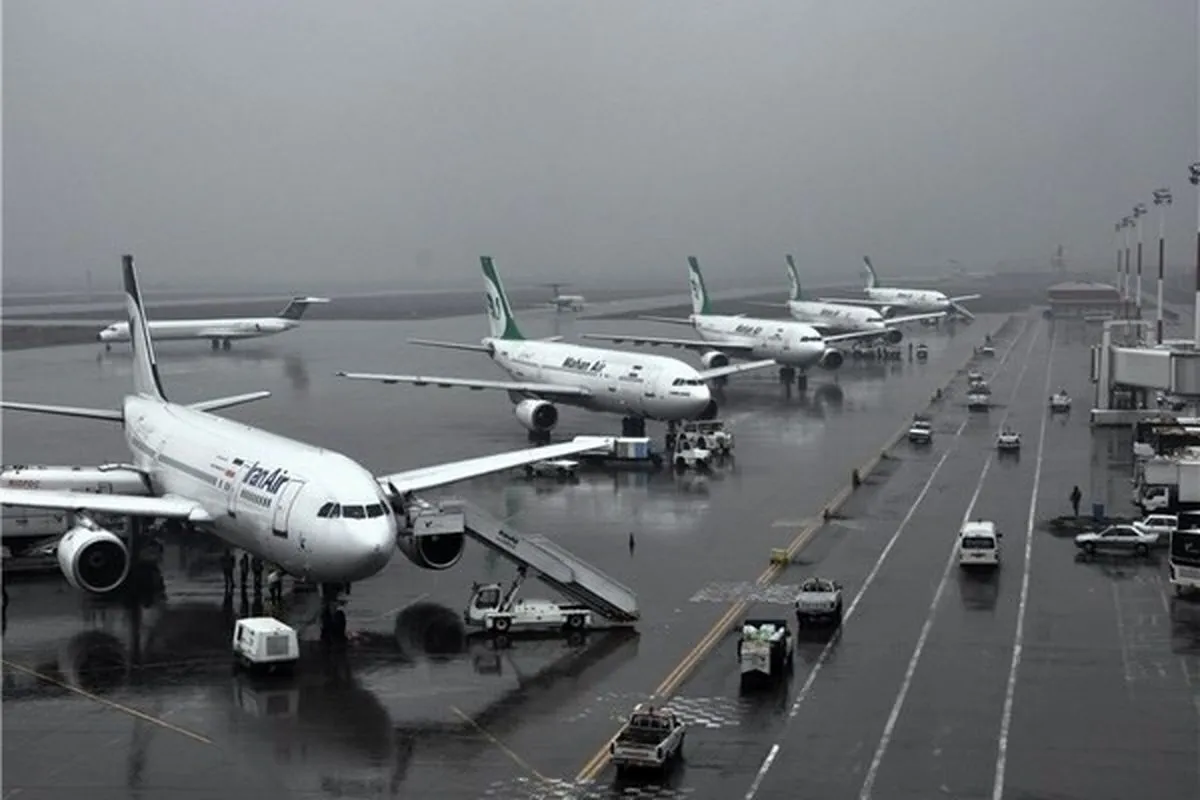Iran Equips 4 Airports with Wind Profiler Systems

“In the first phase, four international and high-traffic airports in the country, which, according to aviation users, have a high risk of changing direction and wind speed, will be equipped with wind profilers,” said Farah Mohammadi.
Noting that the wind profiler is an important equipment in the field of aviation meteorology that measures and transmits wind direction and speed information from the ground level up to a height of 700 meters, she said, “Sudden changes in the wind at different heights, specially during the landing and takeoff of planes, are reported to the pilot.”
“Accurate understanding of wind changes during airplane landing is highly effective in preventing possible air accidents,” Mohammadi added.
“Meteorological experts present the information received from the wind profiler device in the form of specialized reports to the flight control tower based on international standards, so that it will be available to the pilots and the safety of the landing in atmospheric hazards is improved,” she underlined.
A wind profiler is a type of weather observing equipment that uses radar or sound waves (SODAR) to detect the wind speed and direction at various elevations above the ground. Readings are made at each kilometer above sea level, up to the extent of the troposphere (i.e., between 8 and 17 km above mean sea level). Above this level there is inadequate water vapor present to produce a radar "bounce."
The data synthesized from wind direction and speed is very useful to meteorological forecasting and timely reporting for flight planning. A twelve-hour history of data is available through NOAA websites.
4155/v





















